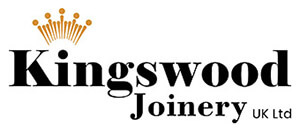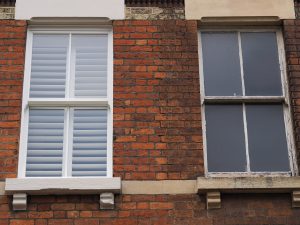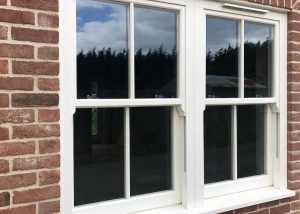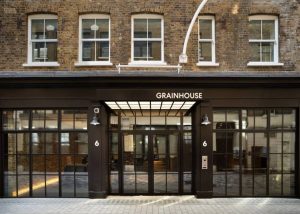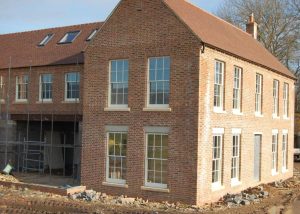Facts about Doncaster
General Info
During the 14th century, numerous friars arrived in Doncaster who were known for their religious enthusiasm and preaching. In 1307 the Franciscan friars (Greyfriars) arrived, as did Carmelites (Whitefriars) in the mid-14th century. Other major medieval features included the Hospital of St Nicholas and the leper colony of the Hospital of St James, a moot hall, a grammar school and a five-arched stone town bridge with a chapel dedicated to Our Lady of the Bridge. By 1334, Doncaster was the wealthiest town in southern Yorkshire and the sixth in Yorkshire as a whole, even boasting its own banker. By 1379, it was recovering from the Black Death, which had reduced its population to 1,500. In October 1536, the Pilgrimage of Grace ended in Doncaster. This rebellion led by the lawyer Robert Aske commanded 40,000 Yorkshire people against Henry VIII, in protest at the Dissolution of the Monasteries. Many of Doncaster’s streets are named with the suffix “-gate”, after the old Danish word gata, meaning street. In medieval times, craftsmen or tradesmen with similar skills tended to live in the same street. Baxter is an ancient word for baker: Baxtergate was the bakers’ street. Historians believe that Frenchgate may be named after French-speaking Normans who settled there.
History
Possibly inhabited earlier, Doncaster grew up on the site of a Roman fort of the 1st century CE, at a crossing of the River Don. The 2nd-century Antonine Itinerary and early-5th-century Notitia Dignitatum (Register of Dignitaries) called the fort Danum. The first section of road to the Doncaster fort had probably been built since the early 50s, while a route through the north Derbyshire hills was opened in the later 1st century, possibly by Governor Gn. Julius Agricola in the late 70s. Doncaster provided an alternative land route between Lincoln and York, while the main route Ermine Street involved parties breaking up to cross the Humber in boats. As this was not always practical, the Romans saw Doncaster as an important staging post. The Roman road appears on two routes recorded in the Antonine Itinerary. The itinerary includes the same section of road between Lincoln and York and lists three stations between these two coloniae. Routes 7 and 8 (Iter VII & VIII) are entitled “the route from York to London
